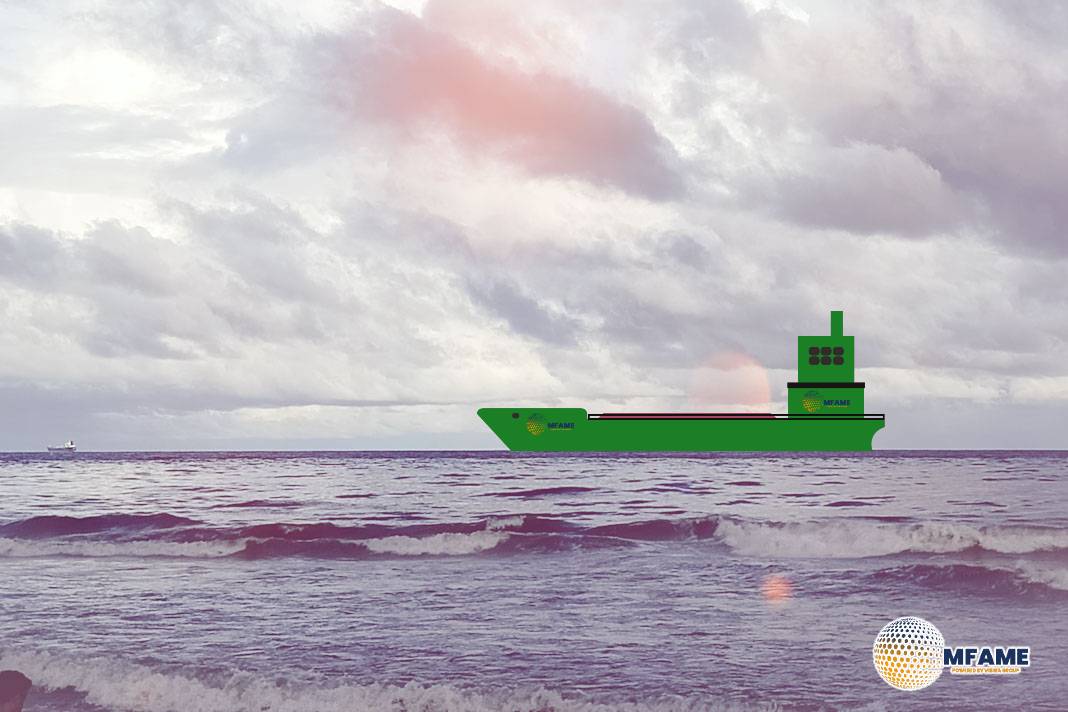- Distraction Has Real Consequences: Lives Lost in Preventable Incidents.
- The Multitasking Myth: Task Switching Reduces Focus and Safety.
- Device Use Impairs Reaction Time and Night Vision.
Despite known risks, mobile phone usage is still prevalent in shipping because of deep-rooted habits, the necessity of immediate replies, and the myth of successful multitasking. The desire to check notifications frequently supersedes awareness of safety, reports gard.
Proven Impact: Real Incidents
Mobile device distractions have caused collisions, groundings, injuries, and fatalities.
- Case 1: A police officer distracted by his phone on a ferry ramp was hit and killed by a semi-trailer. His distraction resulted in a fatal loss of situational awareness.
- Case 2: A police officer distracted by a tablet neglected to scan surrounding traffic, resulting in a collision and the loss of two lives.
- Case 3: A ship grounded after the pilot, distracted by personal use of a phone, lost situational awareness during navigation.
The Multitasking Myth
Using phones for key operations is not multitasking—it’s task switching. This splits attention, decreases performance, and increases error rates.
Mental and Physical Impairment
- Slow Reactions: Phone users respond 30% more slowly than legally drunk drivers.
- Night Vision Delay: It takes 5–30 minutes to completely recover from darkness after phone use.
- Distraction from Conversations: Imagining conversations causes “cognitive tunnelling,” decreasing situational awareness.
Lessons from Driving Apply to the Sea
Phone use while driving is similarly studied about maritime risks. Distraction, poor concentration, and slower responses raise the likelihood of accidents.
Key Recommendations
- Raise Awareness: Educate personnel on distraction hazards.
- Restrict Device Use: Limit personal devices in sensitive areas and working hours.
- Designate Distraction-Free Areas: These should be included in voyage plans (e.g., bridge, CCR, ECR).
- Communications: Employ systems that enable safe operations.
- Monitor Compliance: Make safety procedures clear and ensure they are followed.
Did you subscribe to our daily Newsletter?
It’s Free Click here to Subscribe!
Source: gard


















